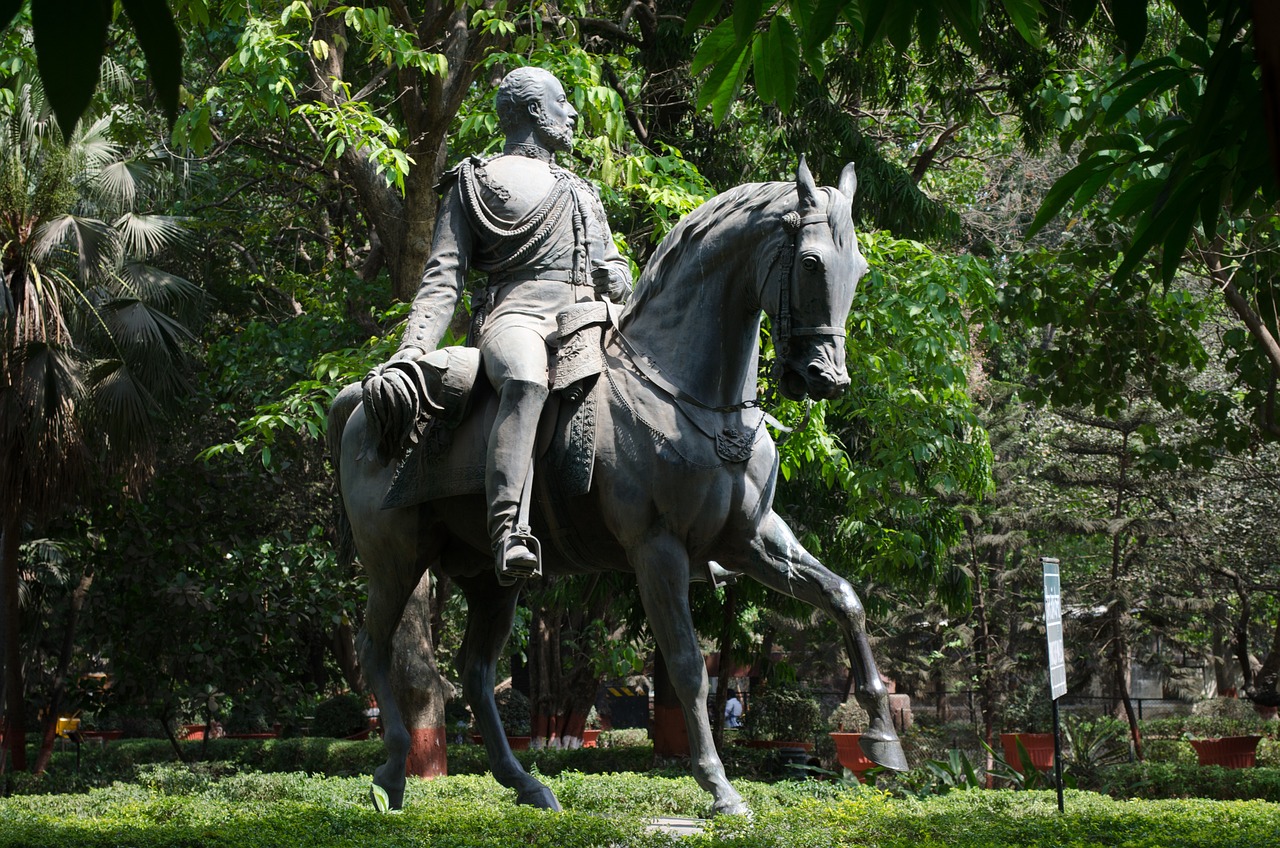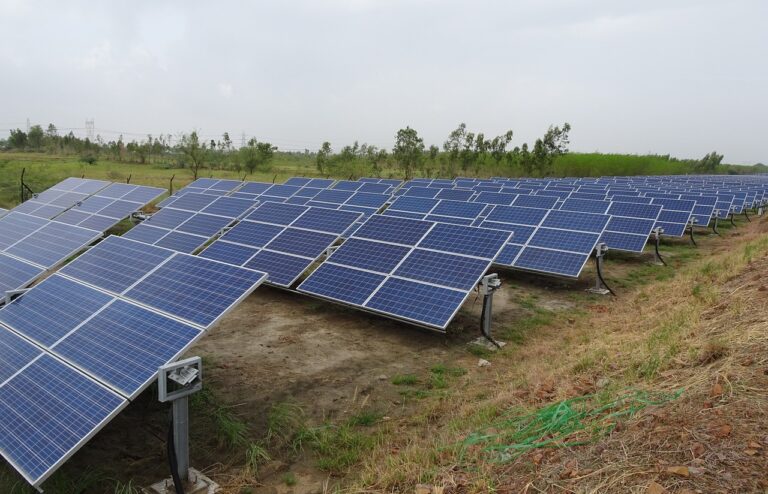Exploring the Impact of Election Laws on Voter Turnout
The United States has a complex history of election laws that have been shaped by the evolving needs of American democracy. From the early days of the Republic to the present, election laws have been at the center of debates surrounding voting rights, access to the ballot, and the integrity of the electoral process. Over time, these laws have undergone significant changes in response to societal shifts, legal challenges, and advances in technology.
One of the key milestones in the history of election laws in the United States was the passage of the Voting Rights Act of 1965, which aimed to address voting discrimination against African Americans. This landmark legislation prohibited racial discrimination in voting, such as literacy tests and poll taxes, and empowered the federal government to oversee voting practices in states with a history of voter suppression. The Voting Rights Act marked a significant step towards ensuring equal access to the ballot box for all Americans, regardless of race or ethnicity.
How Voter Registration Requirements Affect Voter Turnout
Voter registration requirements play a crucial role in shaping voter turnout rates across the United States. These requirements, which vary from state to state, can either facilitate or hinder individuals’ ability to participate in the democratic process. Strict registration rules, such as early deadlines and complex procedures, have been shown to deter eligible voters from registering and casting their ballots.
In contrast, states that have implemented more lenient registration policies, such as same-day registration or online registration options, tend to experience higher voter turnout rates. By making the registration process more accessible and user-friendly, these states have successfully removed barriers that often prevent individuals from engaging in elections. In essence, the ease and convenience of registering to vote can significantly impact the level of civic engagement within a given population.
The Impact of Voter ID Laws on Voter Turnout
Voter ID laws have been a subject of controversy in the United States, with proponents arguing that they are necessary to prevent voter fraud and ensure the integrity of elections. On the other hand, critics argue that these laws disproportionately affect marginalized communities, such as low-income individuals and people of color, who may face barriers in obtaining the required identification.
Research on the impact of voter ID laws on voter turnout has yielded mixed results. Some studies suggest that these laws can suppress voter turnout, particularly among minority and low-income voters who may be less likely to have the required forms of identification. However, other research has found minimal effects on voter turnout, indicating that the impact of voter ID laws may vary depending on the specific context in which they are implemented.
What is the history of election laws in the United States?
Election laws in the United States have evolved over time, with the Constitution originally leaving the regulation of elections up to the states. The Voting Rights Act of 1965 aimed to eliminate discriminatory voting practices, and the Help America Vote Act of 2002 introduced new election administration guidelines.
How do voter registration requirements affect voter turnout?
Voter registration requirements can impact voter turnout by creating barriers for certain individuals, such as those who may have difficulty obtaining the necessary documentation or meeting registration deadlines. Simplifying registration processes has been linked to higher voter turnout rates.
What is the impact of voter ID laws on voter turnout?
Voter ID laws have been a controversial topic, with proponents arguing that they help prevent voter fraud and opponents claiming they disenfranchise certain groups of voters. Studies have shown mixed results on the impact of voter ID laws on voter turnout, with some finding a decrease in turnout among certain demographics.







